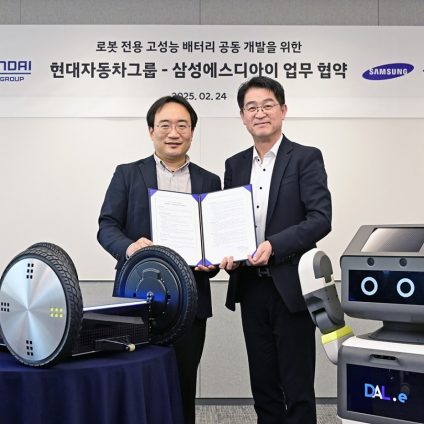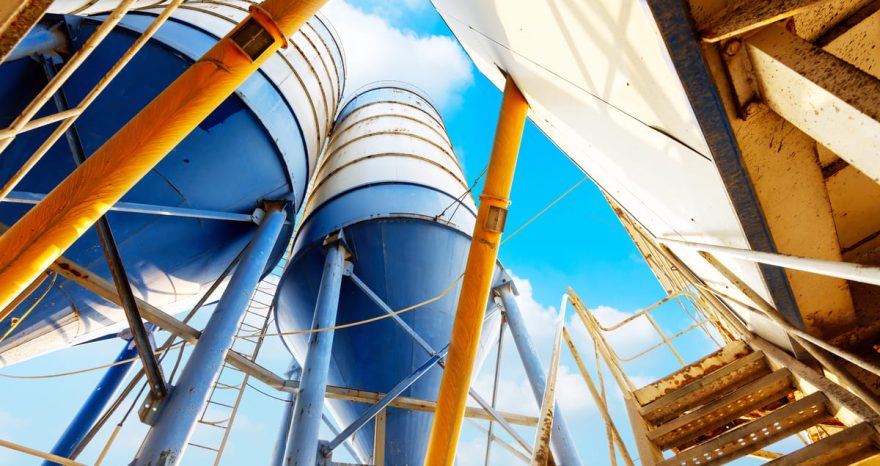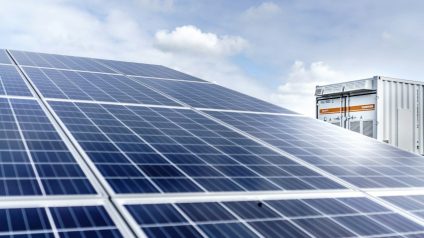Hyundai, Kia, and Samsung SDI join forces to develop high-performance robot batteries, aiming to boost efficiency, power, and operating time
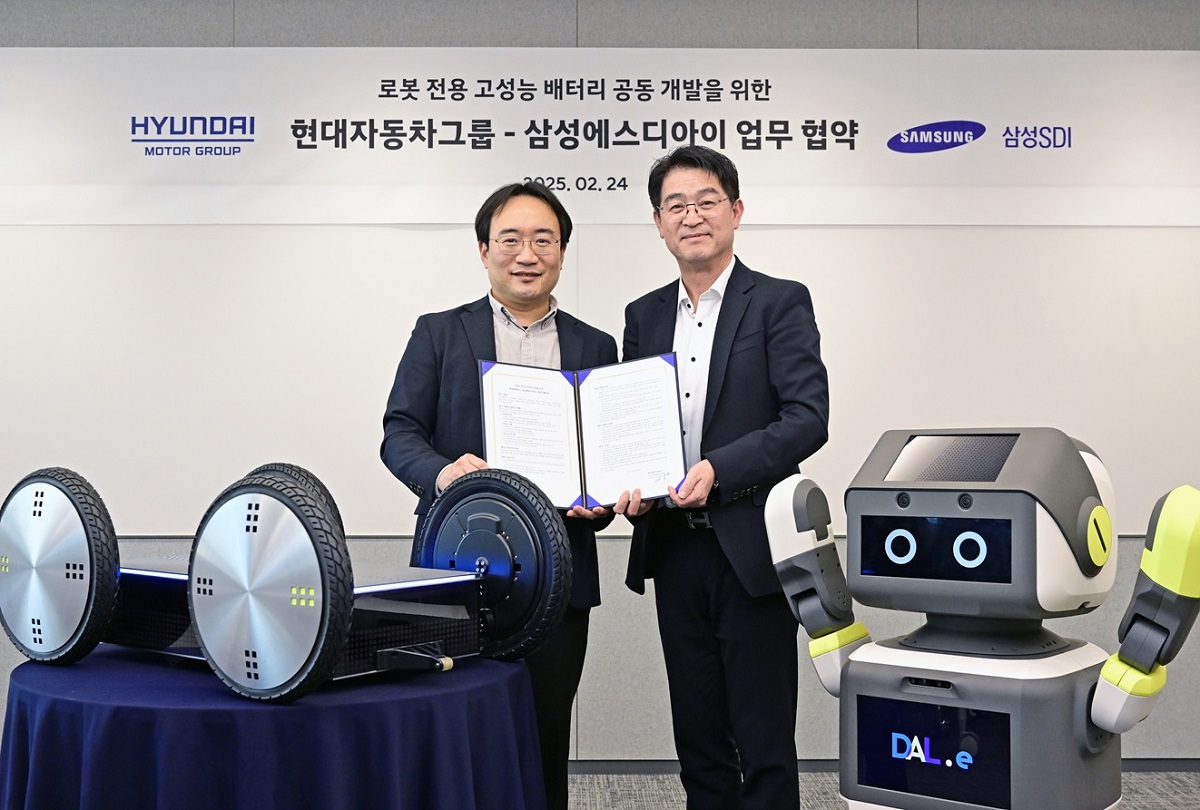
Even robots need a heart. Or more precisely, a battery. But unlike smartphones or electric scooters, robots rarely benefit from power solutions tailored to their unique needs. Their shapes vary dramatically, often asymmetric or compact, making it difficult to fit traditional battery systems. As a result, robots typically rely on energy storage units designed for other devices or light electric vehicles.
To tackle this issue, Hyundai, Kia, and Samsung SDI have signed a landmark agreement to co-develop advanced robot batteries. Their shared goal: increase energy density, power output, and battery lifespan for next-generation robotics.
Building synergy for smarter robots
“We will continue developing high-performance robot batteries in partnership with Samsung SDI, which brings outstanding manufacturing capabilities,” said Dong Jin Hyun, Vice President and Head of the Robotics Lab at Hyundai and Kia. “In the long term, our aim is to secure a stable supply chain and strengthen our market competitiveness.”
One of the main problems with current robot batteries is that they’re often adapted from unrelated sectors, such as handheld power tools or electric micro-mobility. These batteries use smaller cells that limit energy delivery, ultimately reducing a robot’s effective operation time.
This new collaboration is focused on designing compact, high-performance batteries that can fit into tight spaces while maximizing energy density. Special attention will be paid to discharge capacity, power output, and long-term endurance.
What’s next for robot batteries?
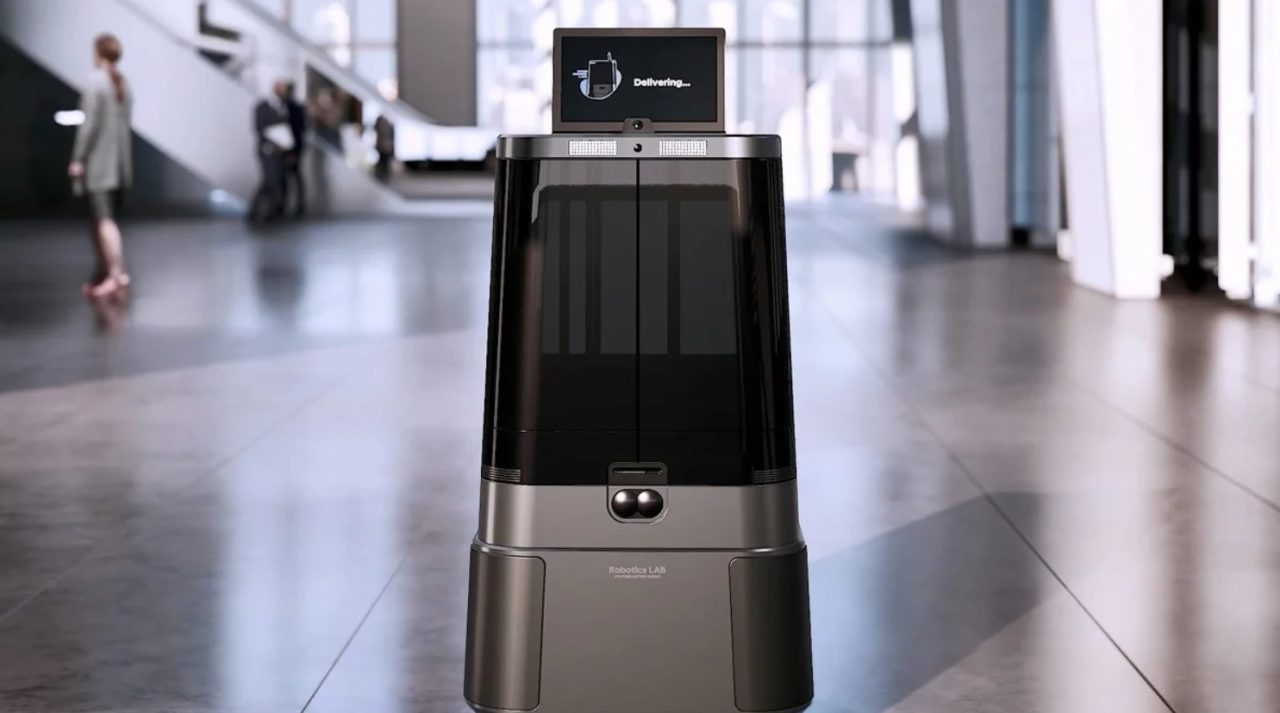
During the recent InterBattery 2025 conference in Seoul, Hyundai, Kia, and Samsung SDI showcased two robotic prototypes equipped with the new battery technologies: DAL-e Delivery and the MobED platform.
DAL-e Delivery is a compact, column-shaped service robot built for complex indoor environments like offices and shopping centers. Featuring a mobility solution that integrates a motor with steering, suspension, braking systems, and environmental recognition sensors, DAL-e reaches speeds up to 1.2 m/s in autonomous mode. It detects obstacles in real time and can navigate crowded spaces with ease. With space for up to 16 coffee cups or up to 10 kg of packages, it offers a robust last-mile delivery solution—even for heavy or bulky goods.
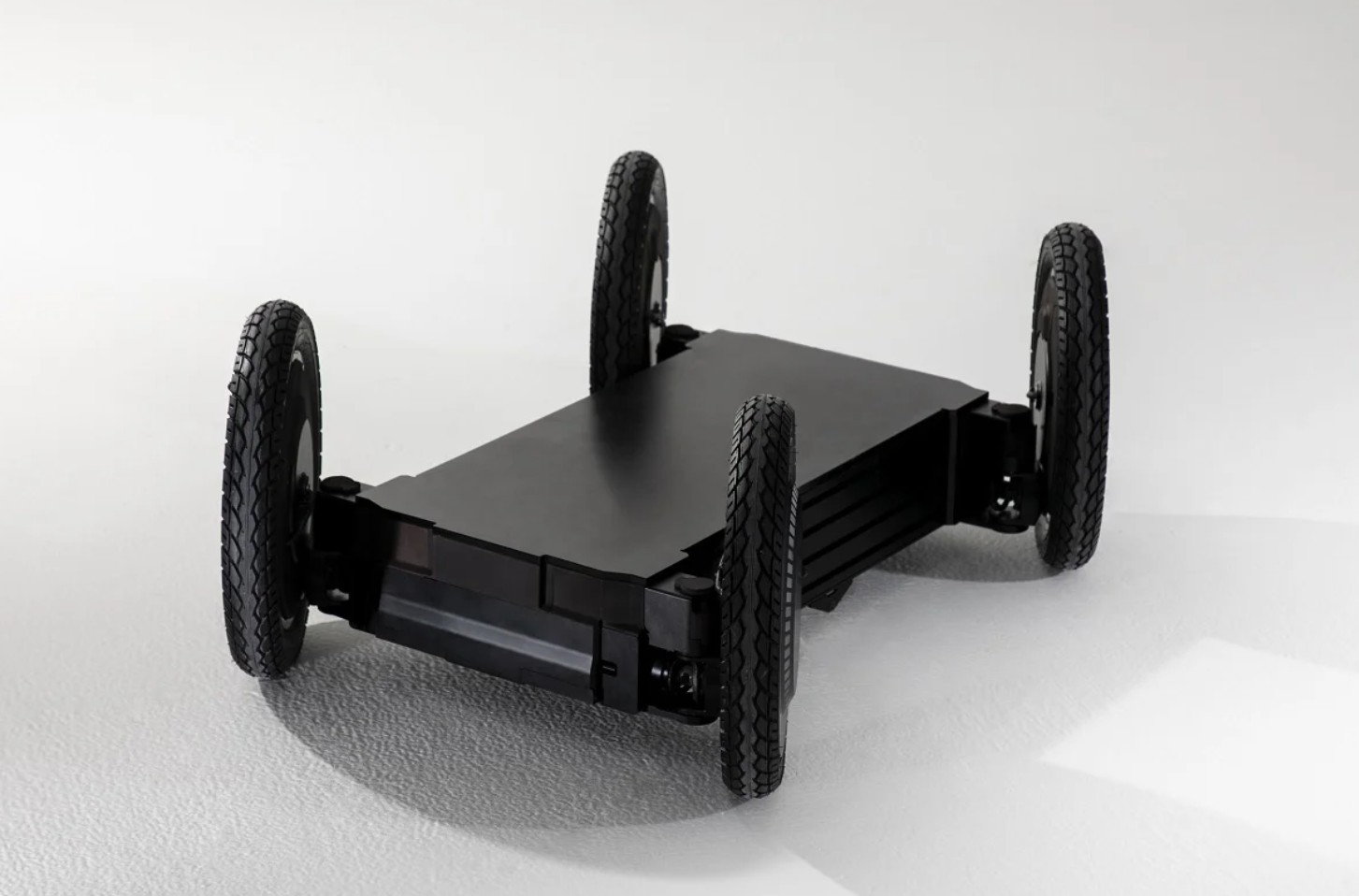
The second prototype, MobED (Mobile Eccentric Droid), is a flat, rectangular robot with four large wheels. Its independently controlled suspension allows it to maintain body posture and move steadily over inclined or uneven surfaces. This agility enables MobED to operate smoothly in dynamic urban environments, adapting its wheelbase and steering angles on the fly.
Each wheel features three motors that control steering precision, braking, and body posture, enabling advanced maneuverability and control.
The future of robotics, powered by better batteries
Hyundai and Kia’s Robotics Lab has already introduced several advanced robotic systems, including delivery bots, automated EV charging systems, and facial recognition technology—some of which are already operational at the “Factorial Seongsu” complex in Seoul. Last November, the lab announced the commercial launch of its wearable robot, X-ble Shoulder.
“We are expanding our collaboration with Hyundai and Kia in the robotics sector,” said Hans Cho, Executive Vice President and Head of Strategic Marketing at Samsung SDI. “Through this partnership, we aim to bring innovative technologies and premium robot battery solutions to the market.”


